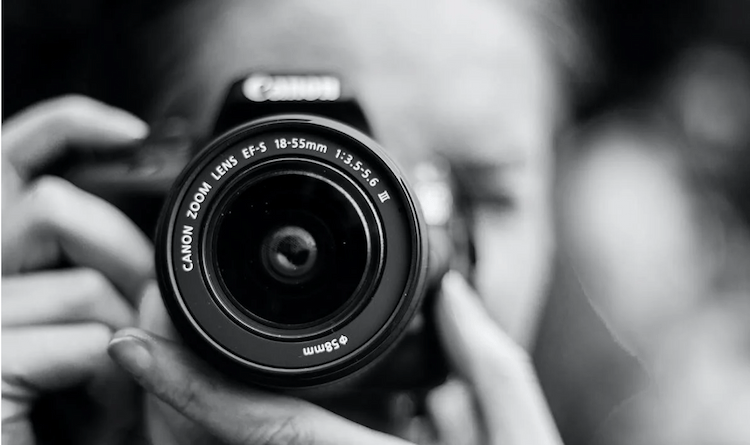
Using Images in Blog Posts: Complete Guide for Businesses
Do you use images in blog posts?
If you don’t, you might be seriously underestimating the power of visuals. In today’s fast-paced, scroll-happy world, adding images in blog posts is no longer just “nice to have”—it’s a non-negotiable for business blogs looking to boost engagement, improve readability, and strengthen brand visibility.
Why Should You Add Images to Blog Posts?
Let’s be honest—no one likes staring at a wall of text. In fact, studies show that articles with images get 94% more views than those without them. When used strategically, visuals can:
-
Help readers visualise complex concepts
-
Break up long blocks of text for easier readability
-
Create additional SEO opportunities through alt-text
So yes, unless you want to send your readers running, you definitely need visuals. Let’s make sure you’re using the right ones.
What Type of Images Should You Use in Blog Posts?
Not all images are created equal. The best choice for your blog depends on your budget, brand, and goals.
Stock Images: Your Best Starting Point
If you’re new to blogging or strapped for time and budget, stock photos are a reliable go-to. They’re often all you need—as long as you follow the rules:
-
Royalty-free doesn’t always mean free. It means you can use the image without recurring fees, though a one-time payment may be needed.
-
Copyright-free images can be used without restrictions. Sites like Unsplash, Pexels, and Pixabay offer fantastic free options.
To keep stock images on-brand, try these tips:
-
Choose photos that reflect your brand colours
-
Stick to a cohesive visual style or colour palette
-
Select images that align with your brand’s tone and personality
Shoot Your Own Photos for Unique Appeal
If you have the time or a DSLR handy, custom photography can be a game-changer. Why? Because nothing screams authenticity more than real images of your product, team, or workspace.
Running a restaurant? Feature actual dishes. Selling products? Include those in your how-to guides or case studies.
Custom shots let you show your business in action and reinforce trust and credibility with your readers.
Use Screenshots for Tutorials & How-To Articles
Trying to teach your audience how to navigate a platform, set up a service, or use a tool? Add screenshots. These are invaluable for:
-
Breaking down step-by-step guides
-
Highlighting specific buttons, menus, or actions
-
Making the learning process clear and interactive
Just be sure to use arrows, highlights, and simple labels to guide your readers’ attention.
Design Your Own Graphics With Free Tools
Tight budget but lots of ideas? Use free tools like Canva, Visme, or Adobe Creative Cloud Express to create:
-
Custom infographics
-
Summaries of blog concepts
-
Quote cards and other shareable graphics
These tools are perfect for branding, adding personality, and turning your content into eye-catching visuals—even if you’re not a designer.
Hire a Designer for On-Brand, Polished Graphics
If you’d rather spend time writing than designing, outsourcing to a professional is the way to go. This ensures that every graphic is:
-
On-brand and cohesive
-
Professionally designed for maximum visual impact
-
Tailored to your target audience
You can hire a freelancer as needed or use subscription-based services like Design Pickle. Either way, you’re investing in visual quality and brand consistency.
Optimising Images for SEO
Don’t just add images—optimise them! Here’s how:
-
Use descriptive file names and include focus keywords
-
Add alt-text to describe each image (great for accessibility and search engines)
-
Compress images to ensure fast loading speeds
This helps your blog rank higher, improves user experience, and drives more organic traffic.
Final Thoughts
Using images in blog posts isn’t about filling space—it’s about enhancing the message. Every image should have a purpose, support the content, and reflect your brand’s personality.
When used wisely, visuals can transform your blog from a text-heavy chore into an engaging, sharable, and impactful experience.
